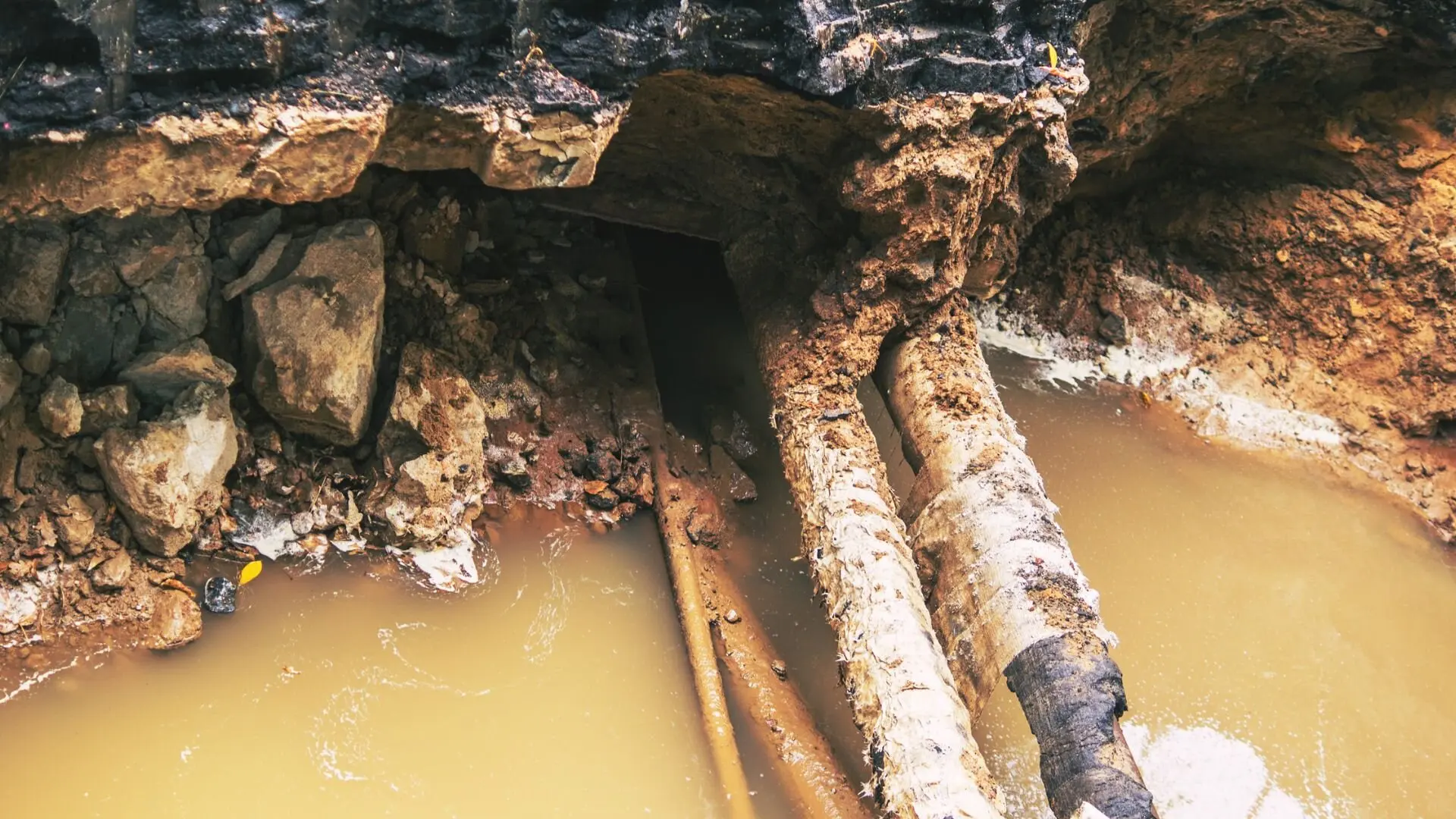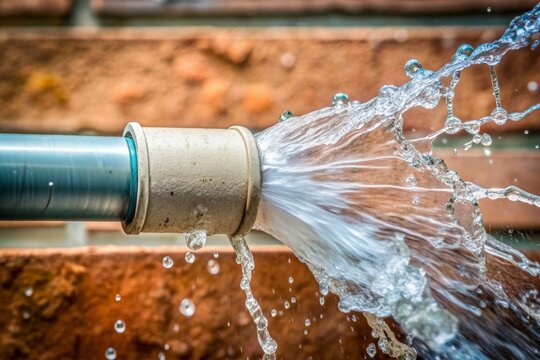Protecting Against Ruptured Pipeline: Crucial Tips to Protect Your Pipes
Avoiding burst pipes is an essential problem for home owners, especially during cooler months when the risk of cold is heightened. Implementing tactical procedures such as appropriate insulation, routine examinations, and preserving regular indoor temperatures can dramatically minimize the chance of pipe failure. Furthermore, comprehending emergency situation treatments gears up home owners to react promptly to prospective plumbing issues. Many are uninformed of the particular susceptabilities that their pipelines may encounter. Checking out these vulnerabilities can supply vital understandings right into safeguarding your plumbing system efficiently.
Understand Pipe Vulnerabilities
Recognizing pipe vulnerabilities is crucial for reliable plumbing upkeep and stopping pricey damages. Several aspects contribute to the vulnerability of pipes to ruptureds, consisting of product composition, age, and ecological problems. Older pipelines, specifically those made from galvanized steel or polybutylene, typically degrade gradually, leading to raised threat of tears and leaks.
Temperature level variations can additionally significantly influence pipe integrity. In cooler environments, water entraped in pipes can freeze, exerting and expanding pressure on the pipeline walls, which may ultimately lead to a ruptured. High water pressure can strain pipelines, specifically at bends and joints, enhancing the probability of failing.

Insulate Pipeline Effectively
Correct insulation of pipes is critical for protecting against freezing and subsequent ruptureds throughout winter (burst pipe). Insulating your pipes system successfully safeguards against temperature level goes down that can lead to costly damages. Begin by determining vulnerable areas where pipes are exposed to outdoor temperature levels, such as basements, attic rooms, and outside walls
Use foam pipeline insulation sleeves or wrap insulation tape around these locations to supply a safety barrier. Guarantee that all areas of the pipelines, particularly those with limited heat exposure, get appropriate insulation. Pay unique attention to joints and fittings, as these are a lot more at risk to freezing.
When shielding, it's important to choose materials that fulfill neighborhood structure codes and are suitable for the particular atmosphere. Fiberglass insulation is often suggested for its thermal resistance properties. Additionally, consider making use of warmth cords or tape in severe conditions, which can be connected in to offer additional heat
On a regular basis examine protected pipelines for any type of indicators of wear or damages, as endangered insulation can lessen its performance. By taking these aggressive steps, you dramatically lower the risk of pipeline bursts, ensuring a trustworthy plumbing system throughout the cold weather.
Maintain Consistent Temperature
A secure interior temperature level is essential for protecting against burst pipes throughout the icy months. When temperatures decline, water within see pipes can ice up, broadening and developing pressure that might inevitably create the pipes to burst.Utilizing a programmable thermostat can assist handle indoor temperature levels effectively, making sure that rooms with pipes remain warm even when the house is unoccupied.
Furthermore, it is sensible to permit faucets to drip somewhat during extreme cold snaps. This minor flow of water can avoid freezing by easing stress within the pipes. In addition, throughout particularly severe weather occasions, take into consideration momentarily suspending any nighttime obstacles on your thermostat to keep a steady cozy environment. By applying these approaches, house owners can substantially decrease the danger of pipe bursts and safeguard their pipes systems versus the severe winter months aspects.
Routinely Inspect Pipes
Routine inspections of plumbing systems are essential for protecting against burst pipes and keeping total home honesty. During these evaluations, it is necessary to check out visible pipelines for indications of corrosion, leakages, or wear.
Furthermore, inspecting connections and joints is crucial, as these points are frequently at risk to leaks. Home owners ought to additionally evaluate water pressure degrees, as too much pressure can stress the pipes system and enhance the threat of pipe bursts.
Consider scheduling expert pipes inspections at least when a year, specifically before winter months, to ensure your system is gotten ready for colder temperatures. Regular examinations not just help in recognizing immediate issues yet also foster lasting upkeep strategies that can improve the life expectancy of your plumbing system. By being aggressive in your approach, you can protect your home versus the disruptive and pricey repercussions of ruptured pipes. Prioritizing pipes examinations is an investment in your house's health and safety.
Know Emergency Situation Treatments
Recognizing emergency situation treatments is important for every single homeowner, especially after conducting routine pipes evaluations. Being planned for a plumbing emergency situation can significantly mitigate damages and save expenses. Find your primary water shut-off valve; it is commonly discovered near the water meter or where the major line enters your home. Familiarize on your own with its procedure, as shutting down the water supply quickly can protect site against substantial flooding.
Next, maintain vital devices useful. A plumbing emergency kit need to consist of a wrench, bettor, and towels, as well as a flashlight and a container for tiny leaks. In addition, think about having the contact details for a trusted plumbing readily available, must the situation rise beyond your control.
If you spot a leakage or ruptured pipe, promptly transform off the water and notify your plumbing. Moreover, record the damage with pictures for insurance policy objectives. burst pipe. Be conscious of the indicators of potential pipes concerns, such as uncommon water stress fluctuations or damp areas on wall surfaces
Ultimately, proactive understanding and swift activity are essential in managing pipes emergency situations, ensuring your home stays safeguarded and reducing possible damages.

Conclusion
Finally, preventing burst pipes necessitates a complex method that includes understanding pipeline susceptabilities, proper insulation, preserving constant indoor temperatures, normal evaluations, and understanding of emergency treatments. By carrying out these important techniques, the threat of plumbing failings can be significantly minimized, consequently making certain the long life and efficiency of the plumbing system. Proactive measures not just protect against possible damages but also add to total water conservation and the security of home.
In chillier environments, water caught in pipelines can freeze, broadening and putting check here in pressure on the pipe walls, which may ultimately lead to a burst. When temperature levels decline, water within pipes can freeze, producing and broadening stress that might inevitably trigger the pipelines to burst. By executing these strategies, house owners can significantly reduce the risk of pipe ruptureds and guard their pipes systems versus the harsh winter months components.
